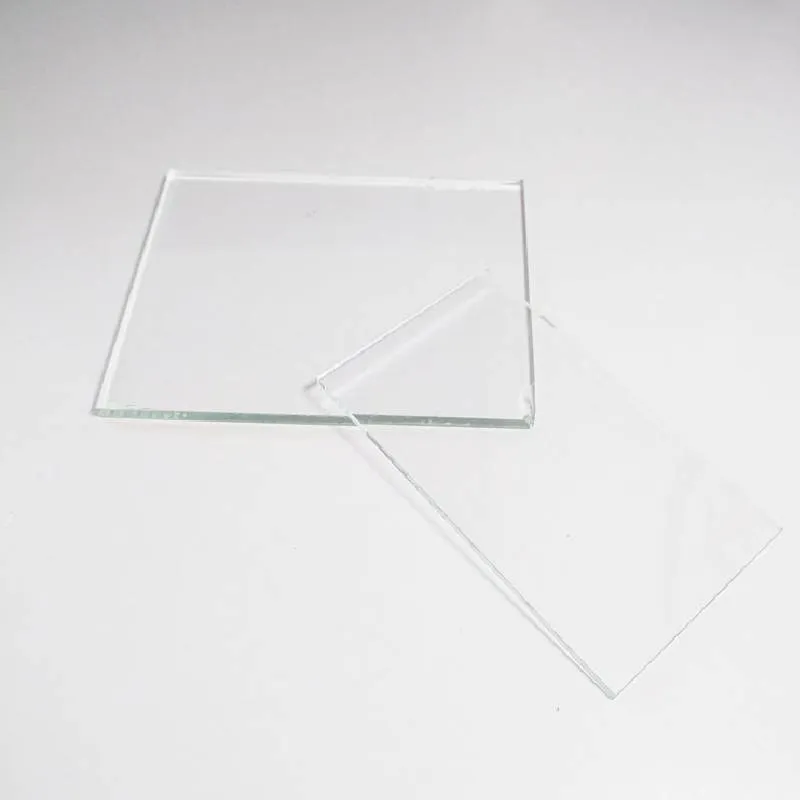The Spectrum of Reflective Glass Colors
Reflective glass, a fascinating material widely used in architecture and design, combines function and aesthetics to create stunning visual effects. Its diverse range of colors not only enhances the beauty of buildings but also serves practical purposes, reflecting light while reducing heat transmission. Understanding the different colors of reflective glass can greatly influence design decisions and environmental impact.
At the forefront of reflective glass colors are shades of blue and green. These colors often evoke feelings of calmness and tranquility, making them popular choices for office buildings and leisure environments. Blue reflective glass mimics the sky, creating a seamless integration between the building and its surroundings. It reflects sunlight while maintaining a harmonious appearance, ideal for urban landscapes.
In contrast, shades of bronze and gray are favored for their sophisticated and modern look. Bronze reflective glass adds a touch of elegance, often used in high-end retail spaces and corporate offices. Its warm, reflective quality creates a luxurious ambiance, absorbing some heat while reflecting enough energy to maintain comfort levels indoors. Gray reflective glass is a versatile choice, renowned for its minimalist appeal, fitting seamlessly into various architectural styles.
reflective glass colors
Moreover, clear reflective glass is becoming increasingly popular due to its versatility. It serves as a blank canvas, allowing building designers to incorporate other colors or materials without clashing. This glass often features a subtle reflective coating that enhances visibility while minimizing glare, making it an excellent choice for residential and commercial buildings alike.
Environmental considerations also play a significant role in selecting reflective glass colors. Lighter colors tend to reflect more sunlight, reducing the cooling costs in warmer climates. In contrast, darker colors may contribute to higher energy costs due to increased heat absorption. Consequently, architects and builders are increasingly turning to solar control glass, which can be tinted to balance aesthetic desires with energy efficiency.
In conclusion, the variety of reflective glass colors available today offers endless possibilities for architectural innovation. By carefully selecting colors, designers can create stunning buildings that reflect their surroundings while enhancing energy efficiency. As the demand for sustainable architecture grows, the importance of reflective glass colors will continue to play a crucial role in shaping the built environment.
 Afrikaans
Afrikaans  Albanian
Albanian  Amharic
Amharic  Arabic
Arabic  Armenian
Armenian  Azerbaijani
Azerbaijani  Basque
Basque  Belarusian
Belarusian  Bengali
Bengali  Bosnian
Bosnian  Bulgarian
Bulgarian  Catalan
Catalan  Cebuano
Cebuano  Corsican
Corsican  Croatian
Croatian  Czech
Czech  Danish
Danish  Dutch
Dutch  English
English  Esperanto
Esperanto  Estonian
Estonian  Finnish
Finnish  French
French  Frisian
Frisian  Galician
Galician  Georgian
Georgian  German
German  Greek
Greek  Gujarati
Gujarati  Haitian Creole
Haitian Creole  hausa
hausa  hawaiian
hawaiian  Hebrew
Hebrew  Hindi
Hindi  Miao
Miao  Hungarian
Hungarian  Icelandic
Icelandic  igbo
igbo  Indonesian
Indonesian  irish
irish  Italian
Italian  Japanese
Japanese  Javanese
Javanese  Kannada
Kannada  kazakh
kazakh  Khmer
Khmer  Rwandese
Rwandese  Korean
Korean  Kurdish
Kurdish  Kyrgyz
Kyrgyz  Lao
Lao  Latin
Latin  Latvian
Latvian  Lithuanian
Lithuanian  Luxembourgish
Luxembourgish  Macedonian
Macedonian  Malgashi
Malgashi  Malay
Malay  Malayalam
Malayalam  Maltese
Maltese  Maori
Maori  Marathi
Marathi  Mongolian
Mongolian  Myanmar
Myanmar  Nepali
Nepali  Norwegian
Norwegian  Norwegian
Norwegian  Occitan
Occitan  Pashto
Pashto  Persian
Persian  Polish
Polish  Portuguese
Portuguese  Punjabi
Punjabi  Romanian
Romanian  Russian
Russian  Samoan
Samoan  Scottish Gaelic
Scottish Gaelic  Serbian
Serbian  Sesotho
Sesotho  Shona
Shona  Sindhi
Sindhi  Sinhala
Sinhala  Slovak
Slovak  Slovenian
Slovenian  Somali
Somali  Spanish
Spanish  Sundanese
Sundanese  Swahili
Swahili  Swedish
Swedish  Tagalog
Tagalog  Tajik
Tajik  Tamil
Tamil  Tatar
Tatar  Telugu
Telugu  Thai
Thai  Turkish
Turkish  Turkmen
Turkmen  Ukrainian
Ukrainian  Urdu
Urdu  Uighur
Uighur  Uzbek
Uzbek  Vietnamese
Vietnamese  Welsh
Welsh  Bantu
Bantu  Yiddish
Yiddish  Yoruba
Yoruba  Zulu
Zulu 

